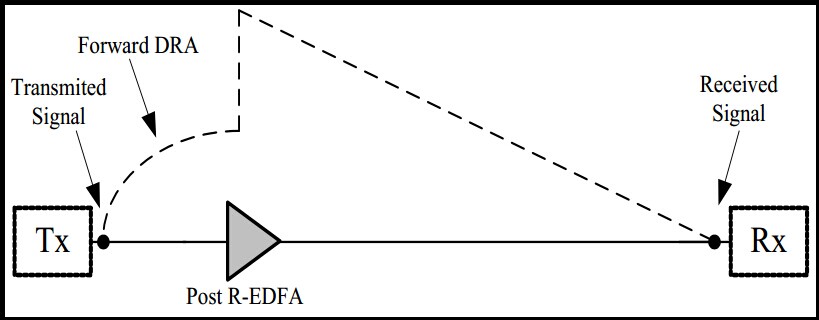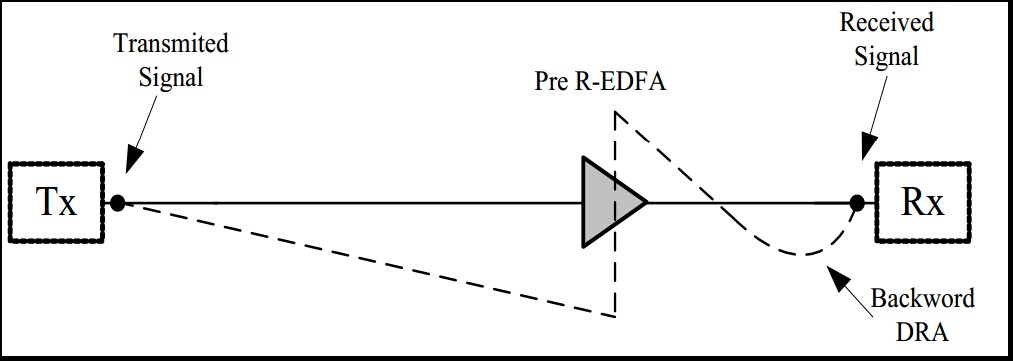One of the goals that being received in any telecommunication connections to offer the longest distance between transmission systems such as undersea, intercontinental and terrestrial connections. In common sense, components employed between transmission ends are appropriate to be reduced to keep up an expensive performance. Fiber Optic Amplifiers in optical communication become significant as there is not an expensive repeater.
Optical transmission systems designed for making are a selection of network application. Usually, unreported optical system connects an island to the mainland via undersea outdoor fiber optic cable as well as a group of islands. Transmission connections along coasts of a mainland are more favorable as well as a group of islands. Transmission connections along coasts of a mainland are more propitious as most of the population around the globe are located near the ocean. Unregulated systems are significantly complete the repeated system. Furthermore, mixing it with other types of connections within a terrestrial network can be made where the optical transmission systems allow a transmission crossing the wet area.
A locally pumped post EDFA or Booster Amplifier boosts the signal level before launching it into transmission fiber connections. The boosted signal amplifier, similar product: CATV signal amplifier, can be further amplified using forward distributed Raman amplifier (DRA). A post R-EDFA is located a few tenths of kilometers from the transmitter ti amplify the weak signal. This EDFA pumped via a amplify the weak signal. This EDFA pumped via a dedicated pump fiber. The figure displays the signal power evolution, represented by a dashed line along transmission distance utilizing forward DRA and post R-EDFA.
On the other hand, the figure shows that signal power evolution with respect to backward DRA and pre R-EDFA. At the receiver terminal, a deceived pre EDFA is used to amplify the received signal, this local pumped EDFA followed by optical filter and an optical to electrical converter.
System configurations show a practical implementation and typical positions of the R-EDFA and DRA in order to improve the transmission performance. Furthermore, two principal factors affect the optical transmission performance. The first factor is the system configuration, where various system configurations were examined and criticized. It shows that the configuration has a direct impact on the performance. The second factor is the total pump power injected into the system. By increasing the total pump power, the transmission distance can be expanded. On the other hand, improving the total injected pump power increases the non-linear effects of the transmission fiber, which degrades the system performance. Until now, there are not any clear and structured design rules for optical transmission systems. Therefore, design rules for optical transmission systems have become indispensable in this field. Finally, future researchers are asked to focus on reducing the noise figure at high pump powers.


